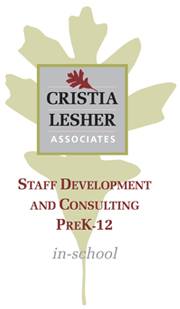How to avoid power struggles with non-directive cues
Date: March 5th, 2015
By: Polly Bath
Polly Bath: As I’m walking around my class, I see those kids who are off-task. Maybe they’re doing their nails. Or they’re texting. Whatever it might be, I see it.
But I don’t want to get into a power struggle with these kids because I’m teaching the class. Instead I use what I call a non-directive cue.
For example, I keep sticky notes in my pocket. So, as I’m walking around the class, I take my sticky note and write something like, “Page 163. Language Arts.” Then, I put it on the desk of the kid who is off-task, and I keep walking.
That kid now knows that I have her number. I’m not going to embarrass her, struggle with her, or kick her out of class. By just putting the note on her desk, she knows that I see she isn’t paying attention.
It also works when they are playing a game behind their book. I just walk by and put a sticky note on their desk, “Book instead of game.” Or whatever they have.
This causes the kid to go, “Oh! Ok, I got it.”
Now, I’m not saying this will stop them from ever doing it again. And I’m never going to get a kid that says, “I’m so sorry, ma’am. I should have been paying attention. I will get right to that. I will never do it again.” That’s not realistic.
But the point is, I’ve addressed the behavior in the best way I can without getting into a power struggle. And that’s all I have to do, address it.

